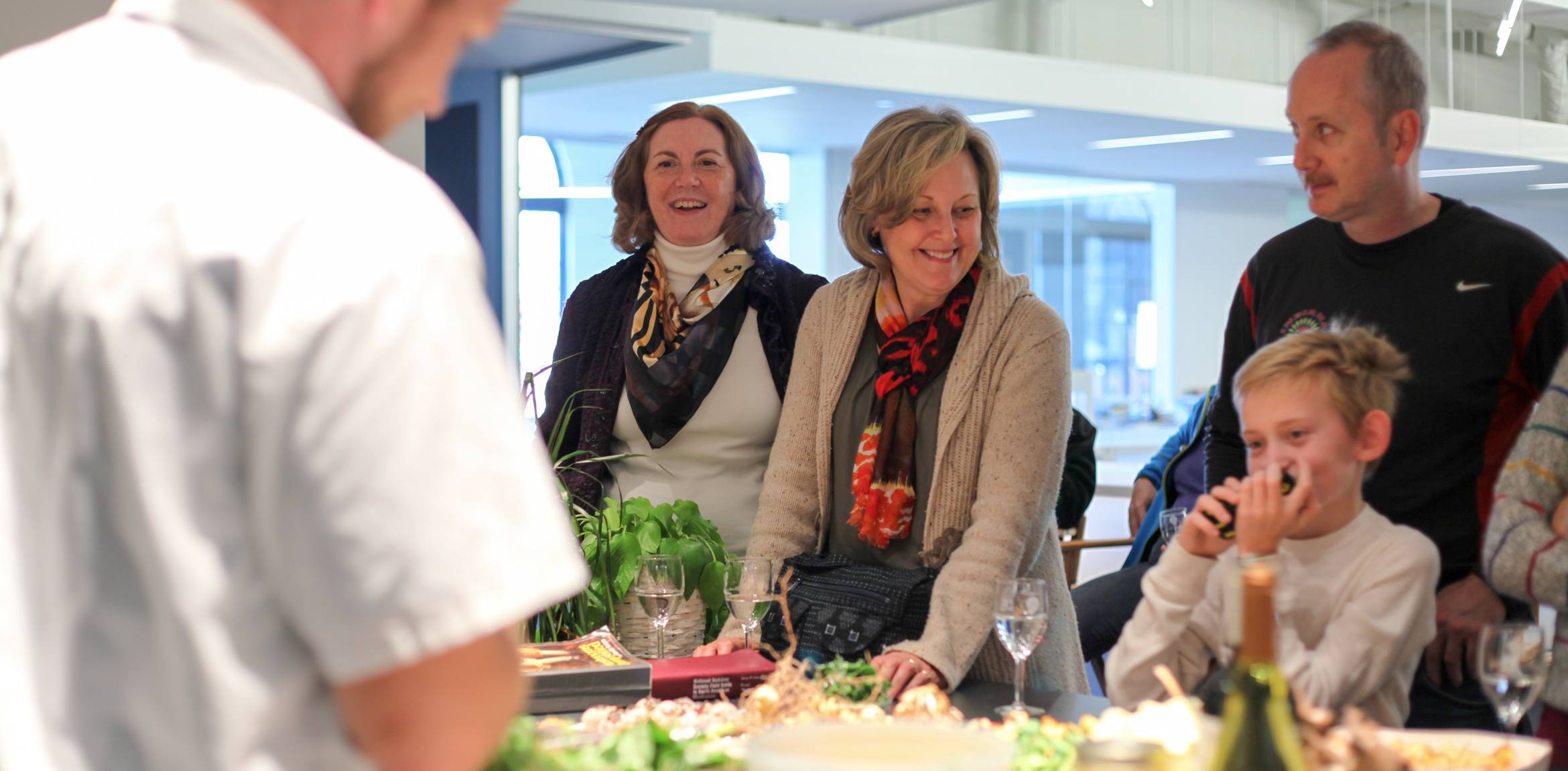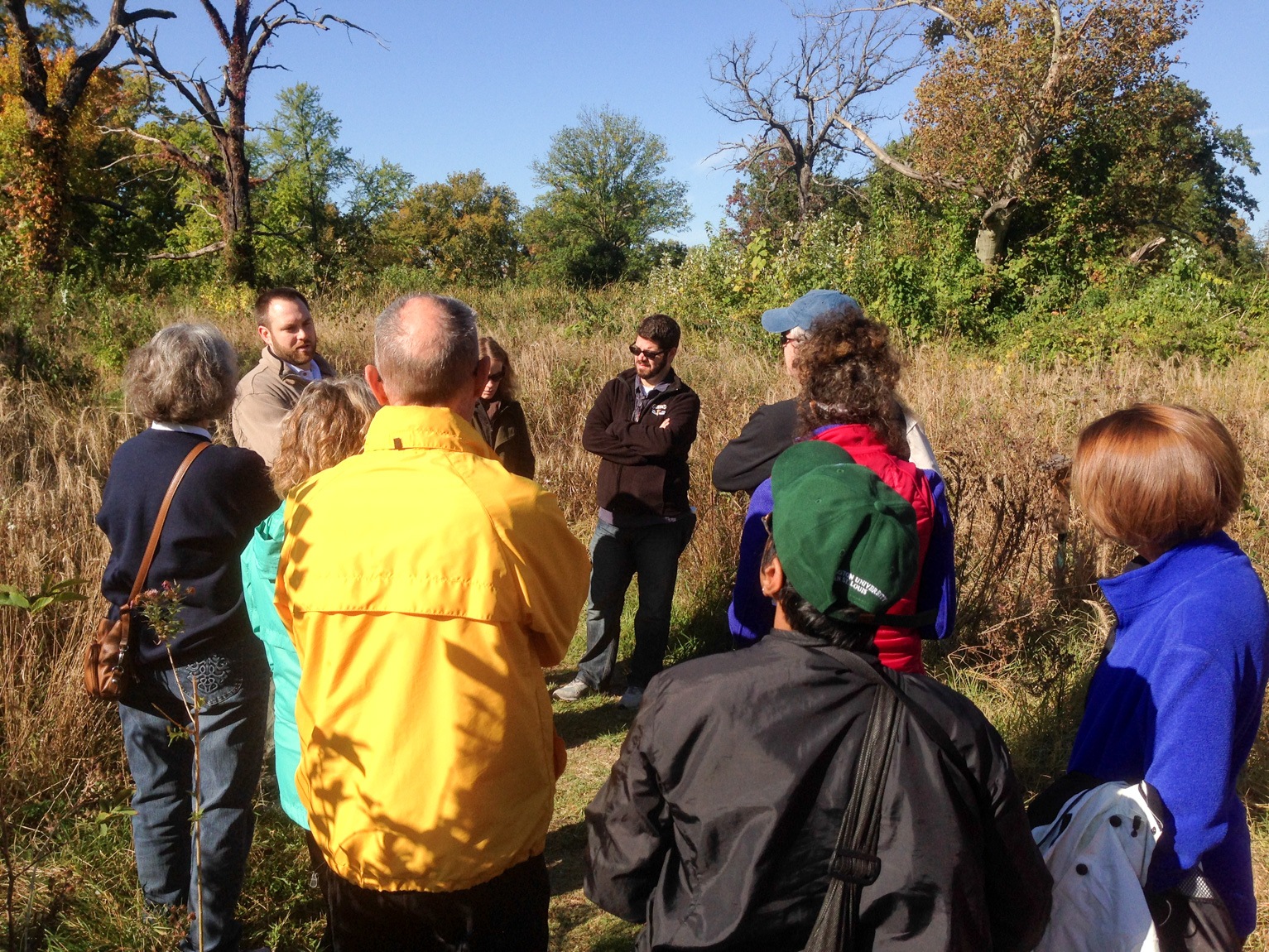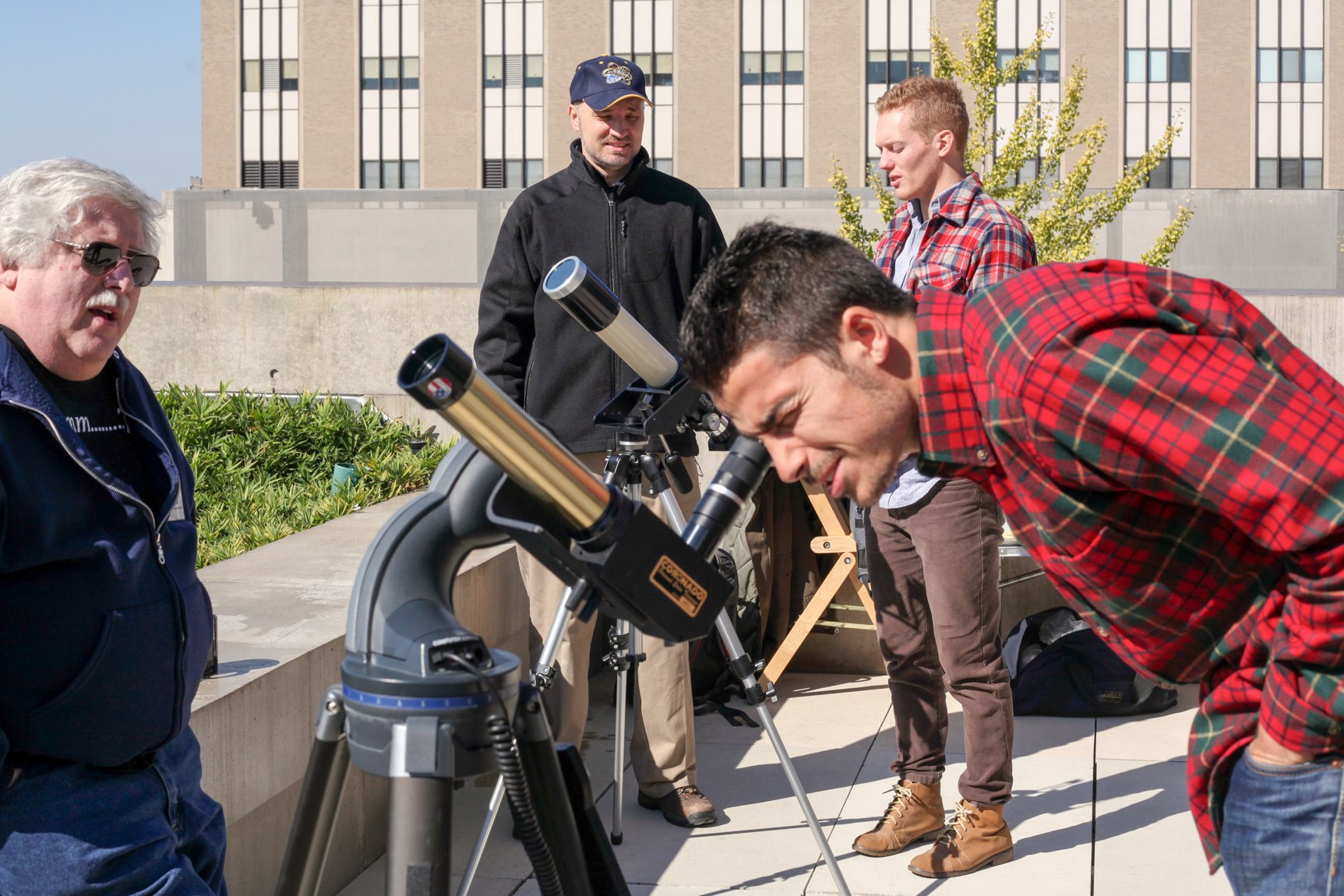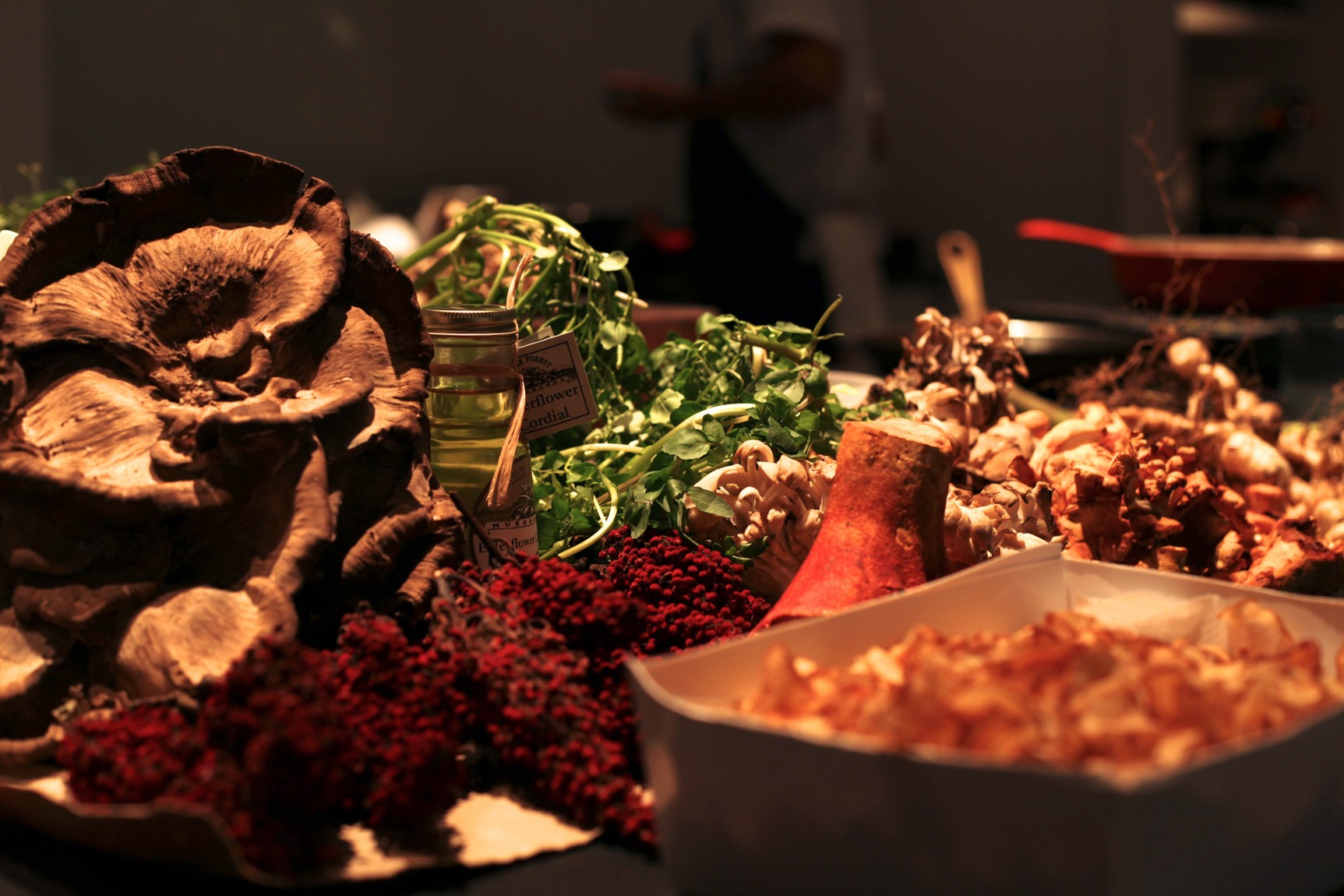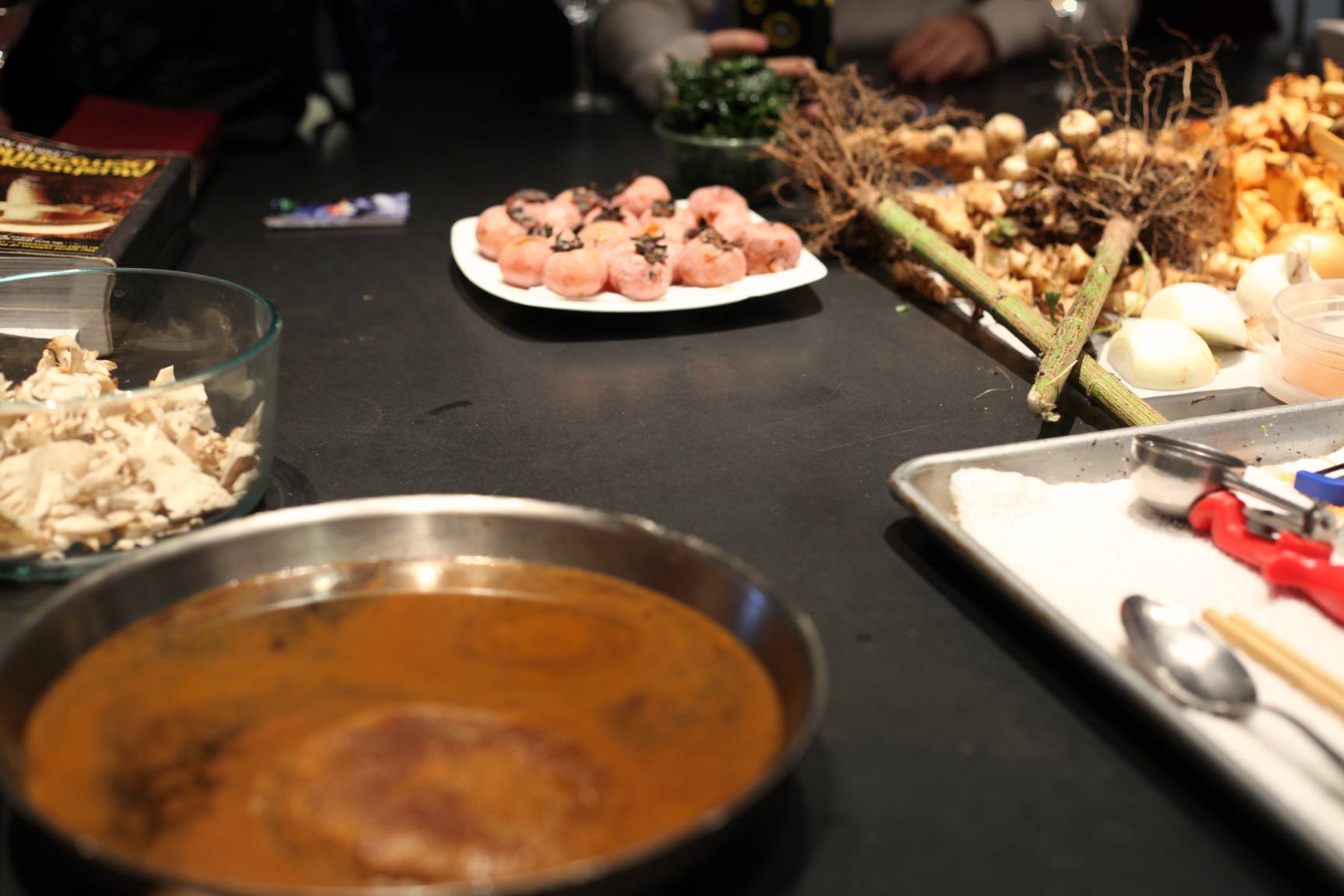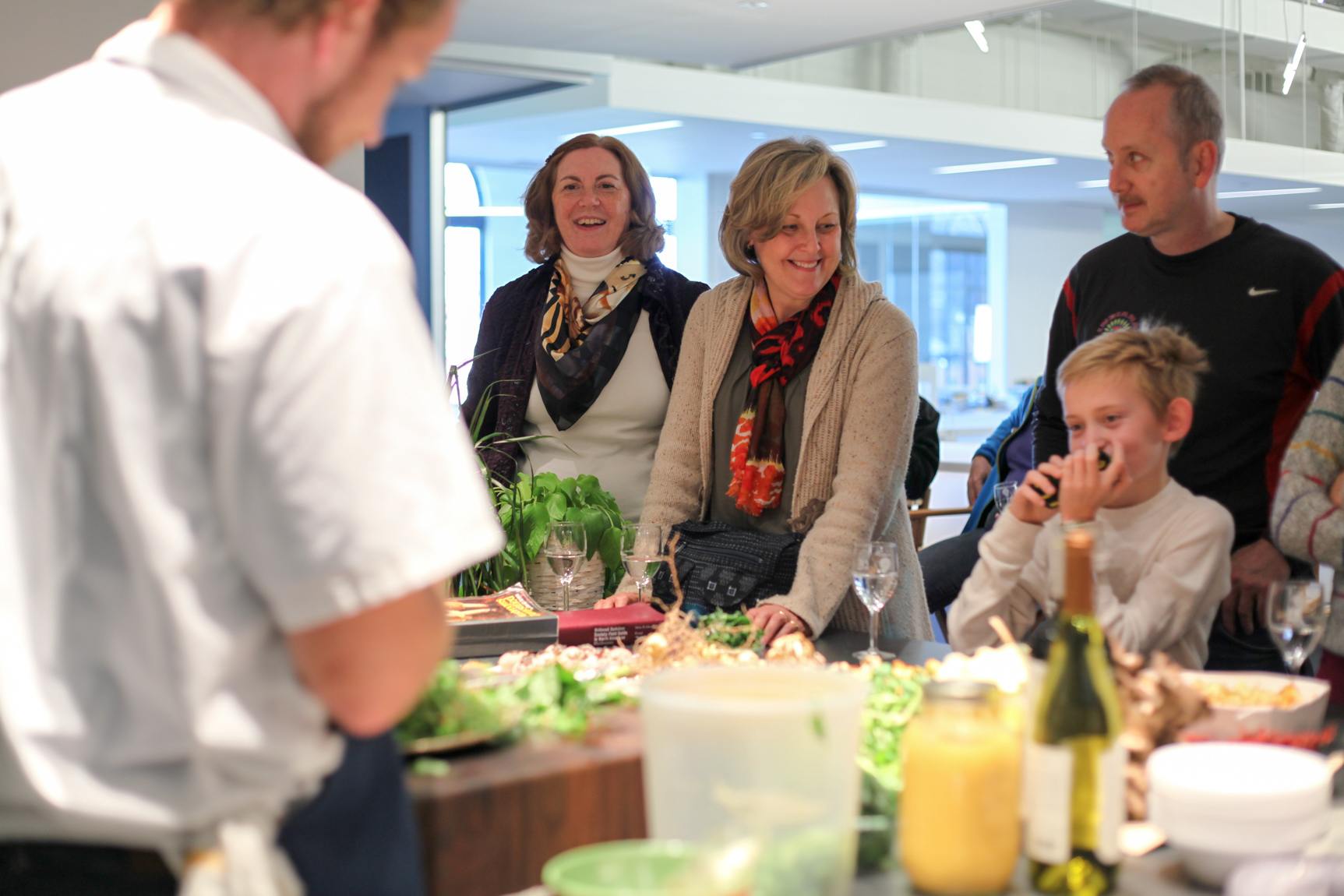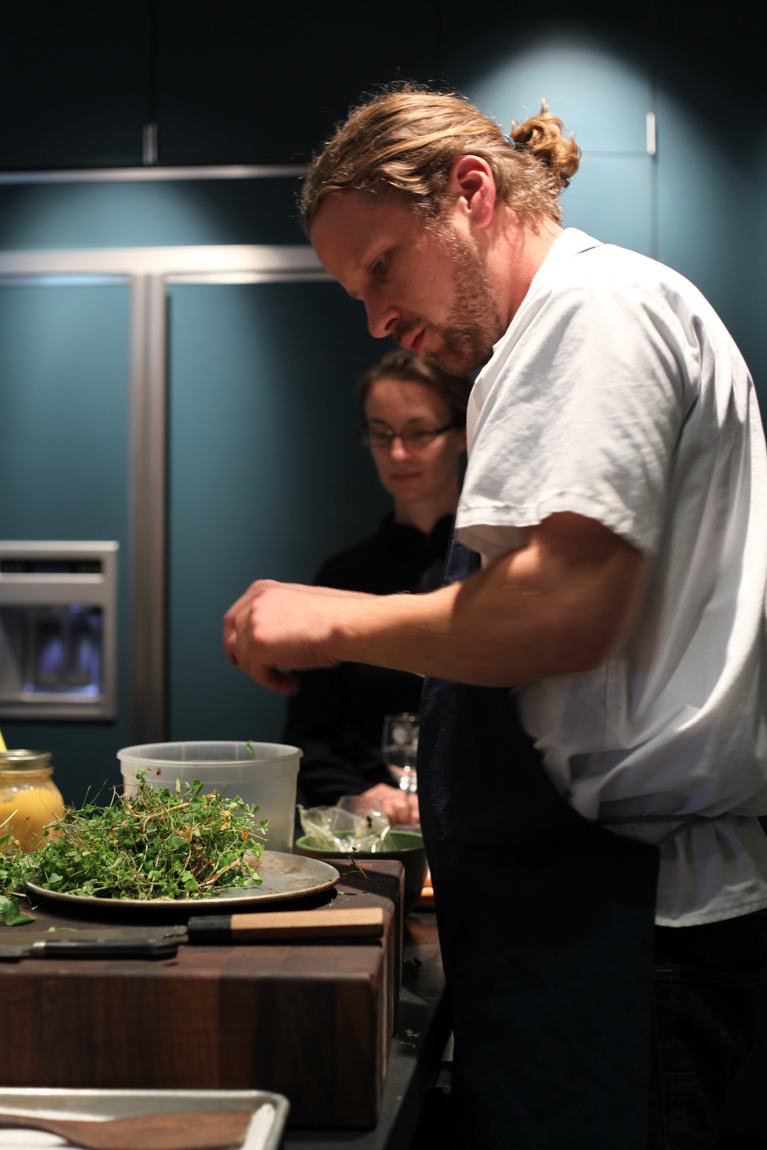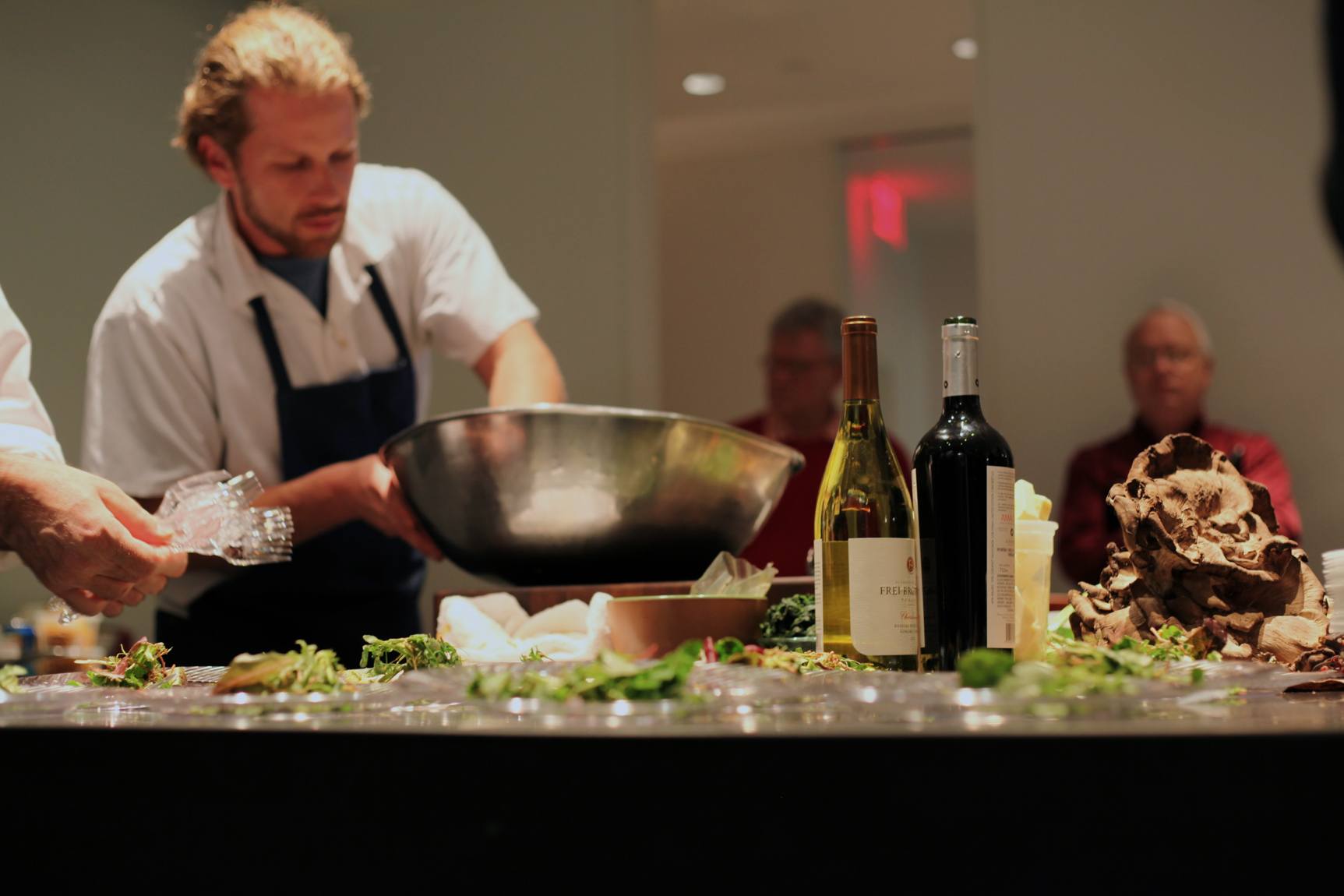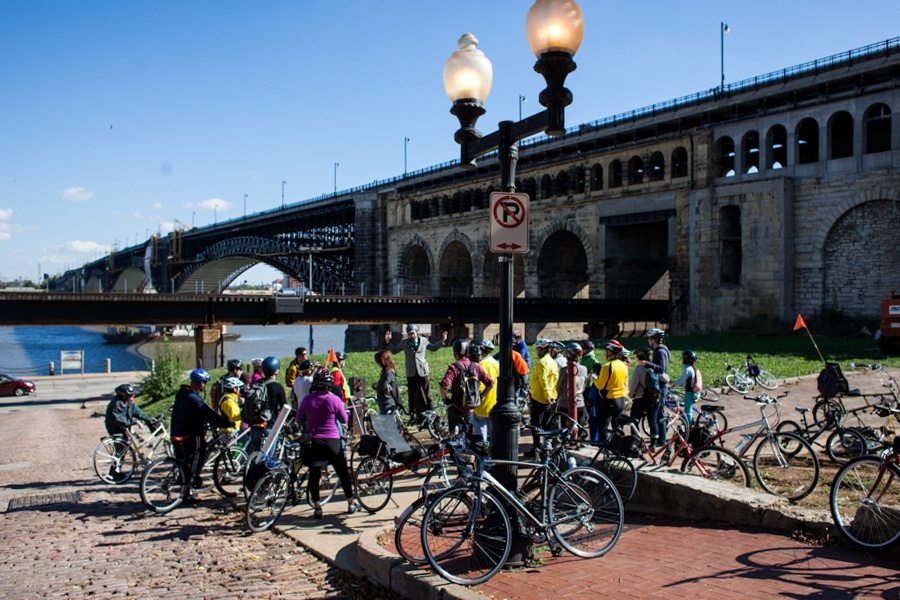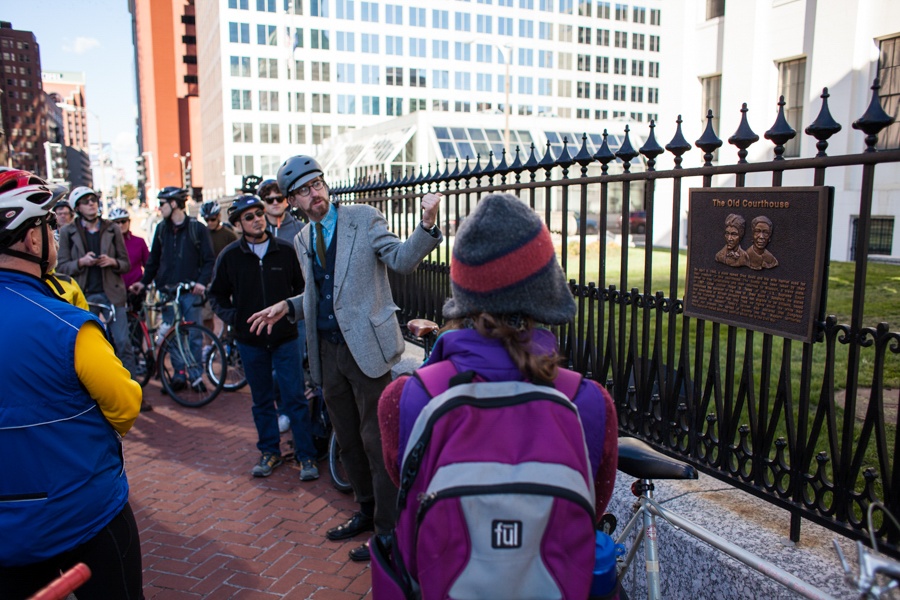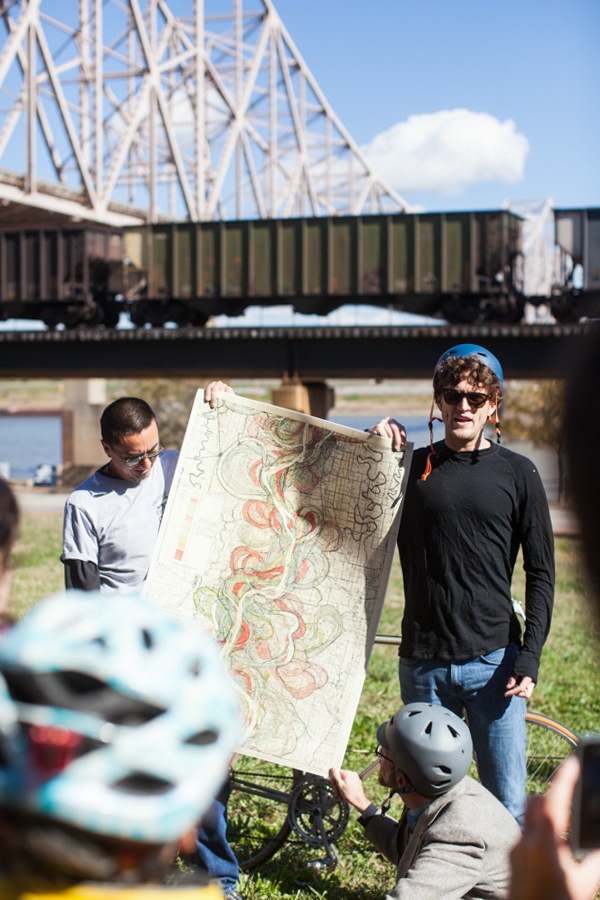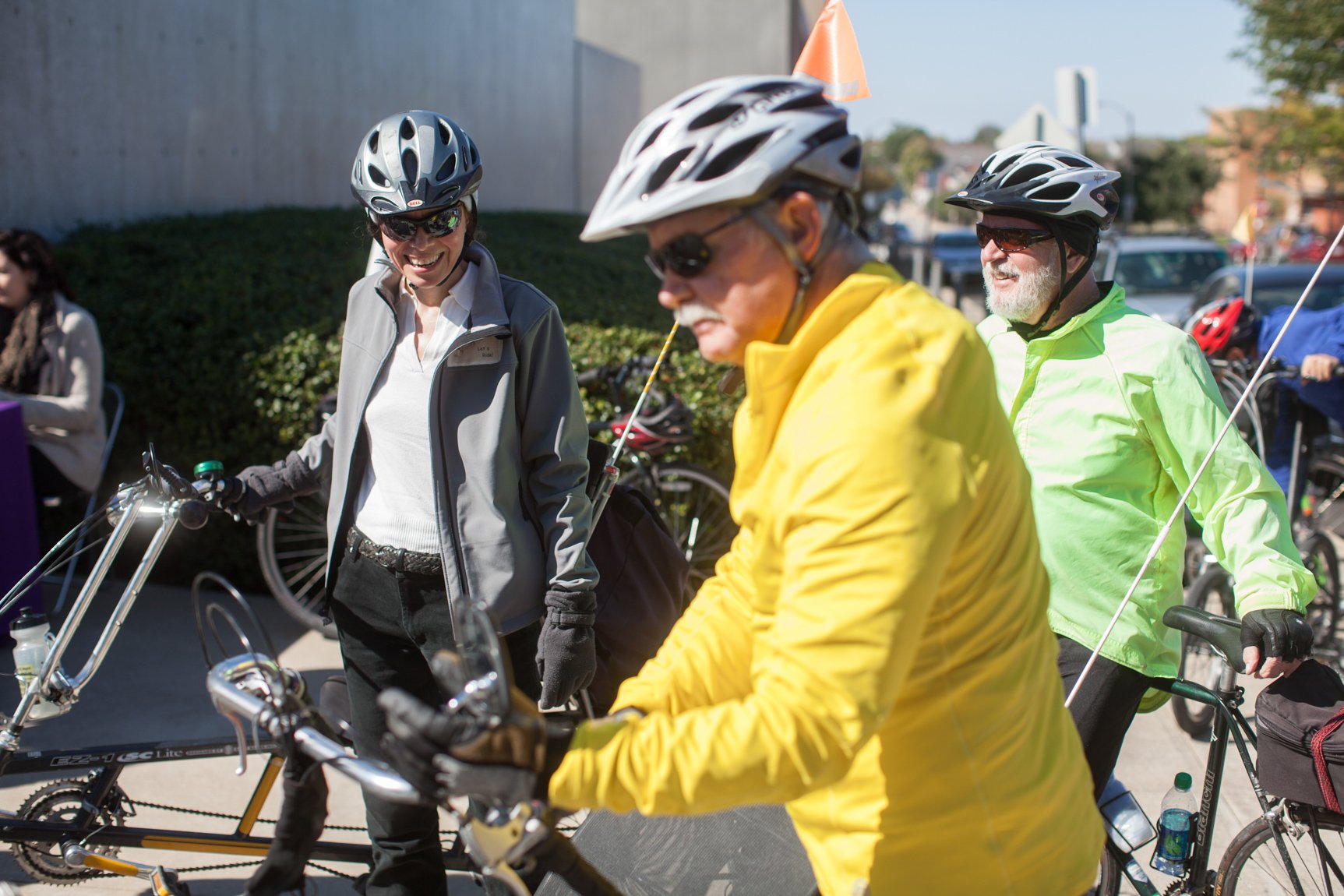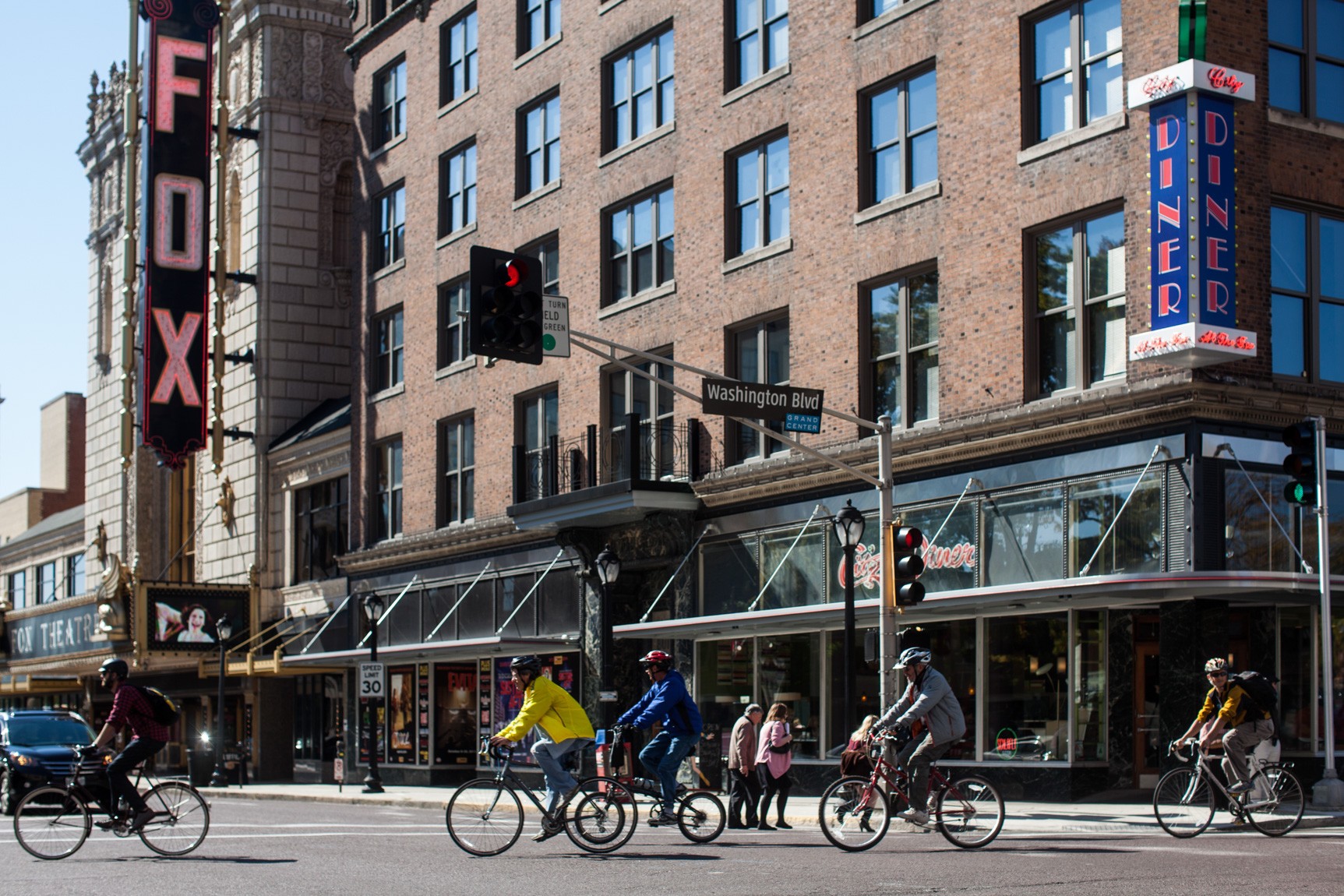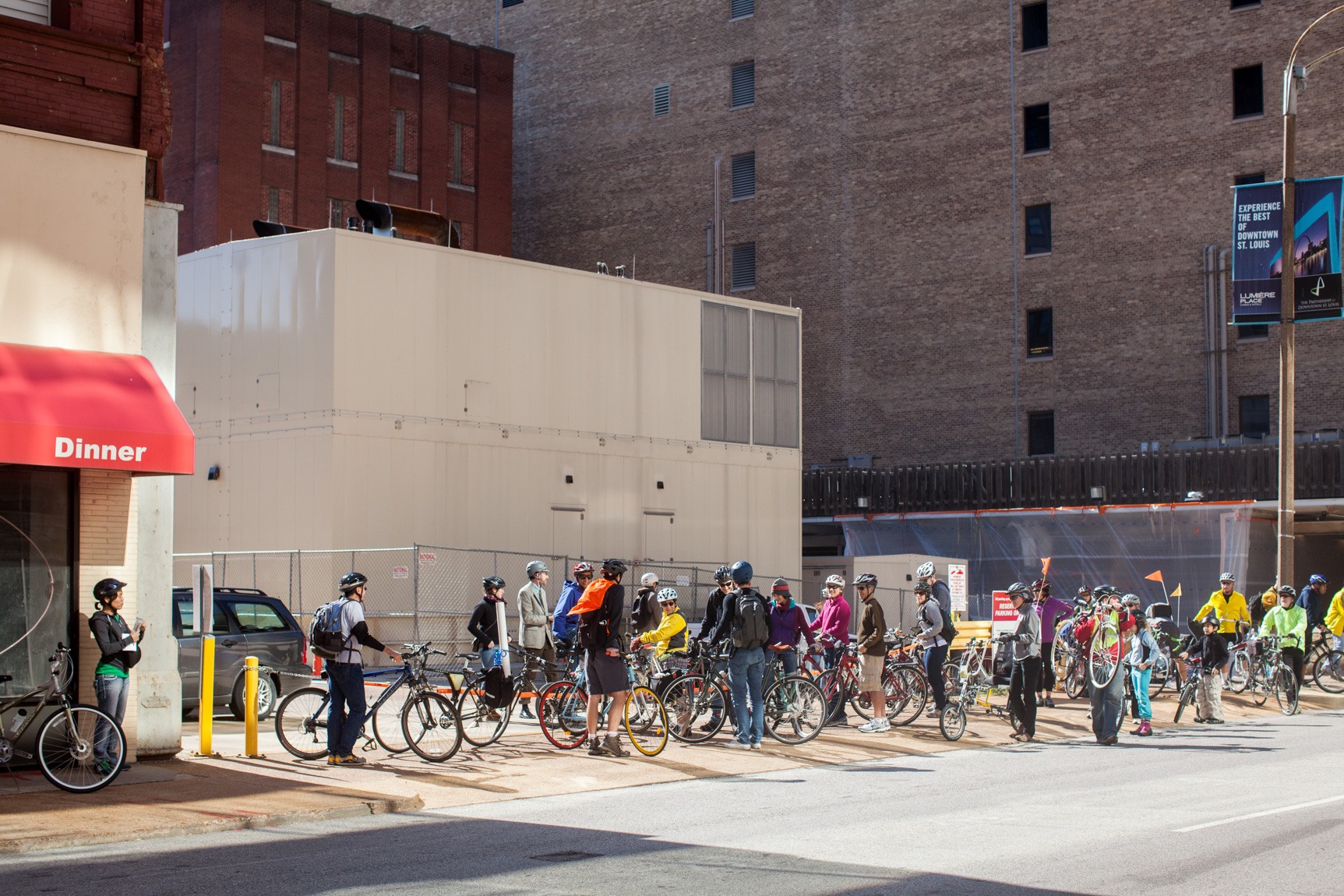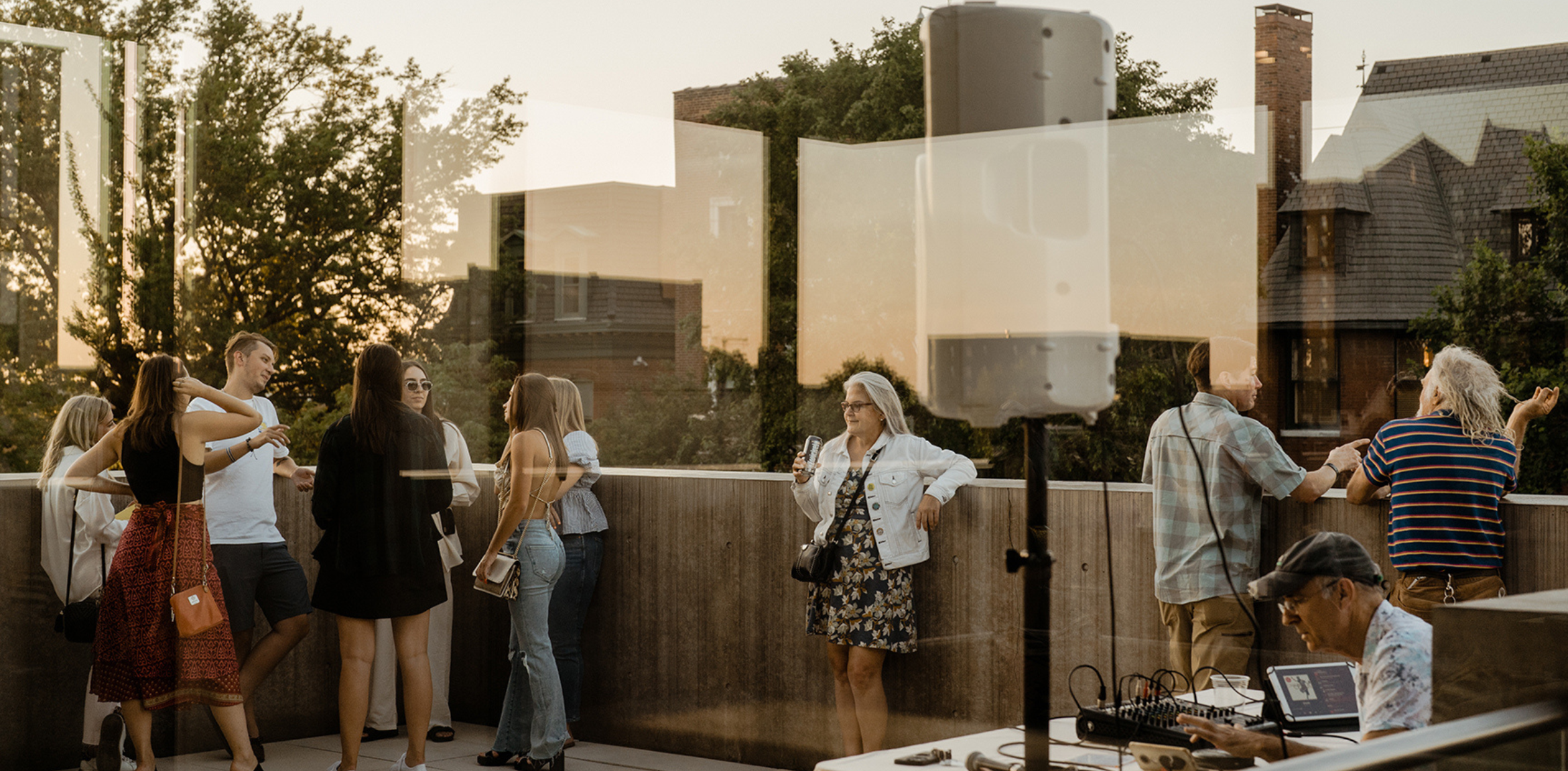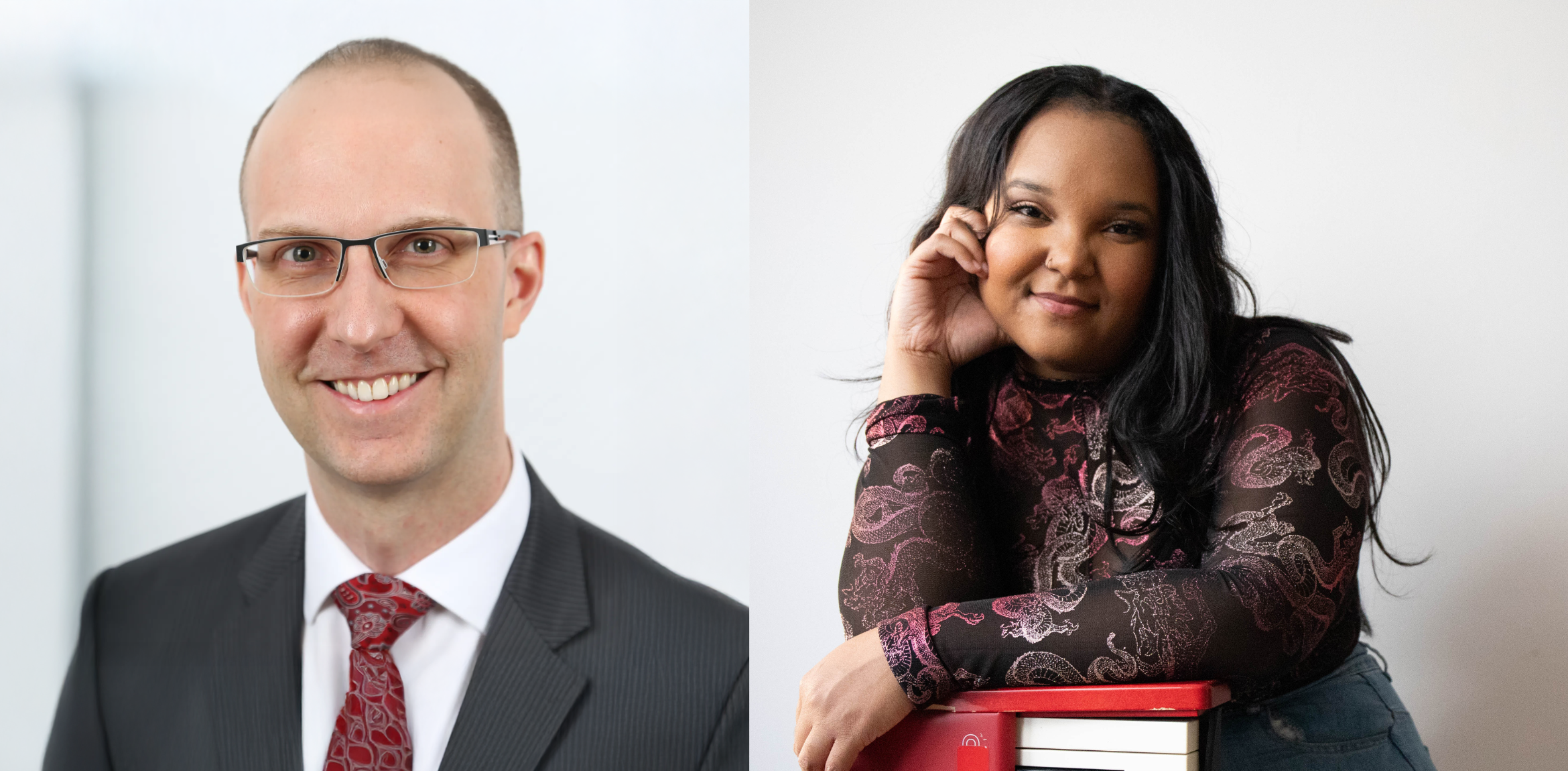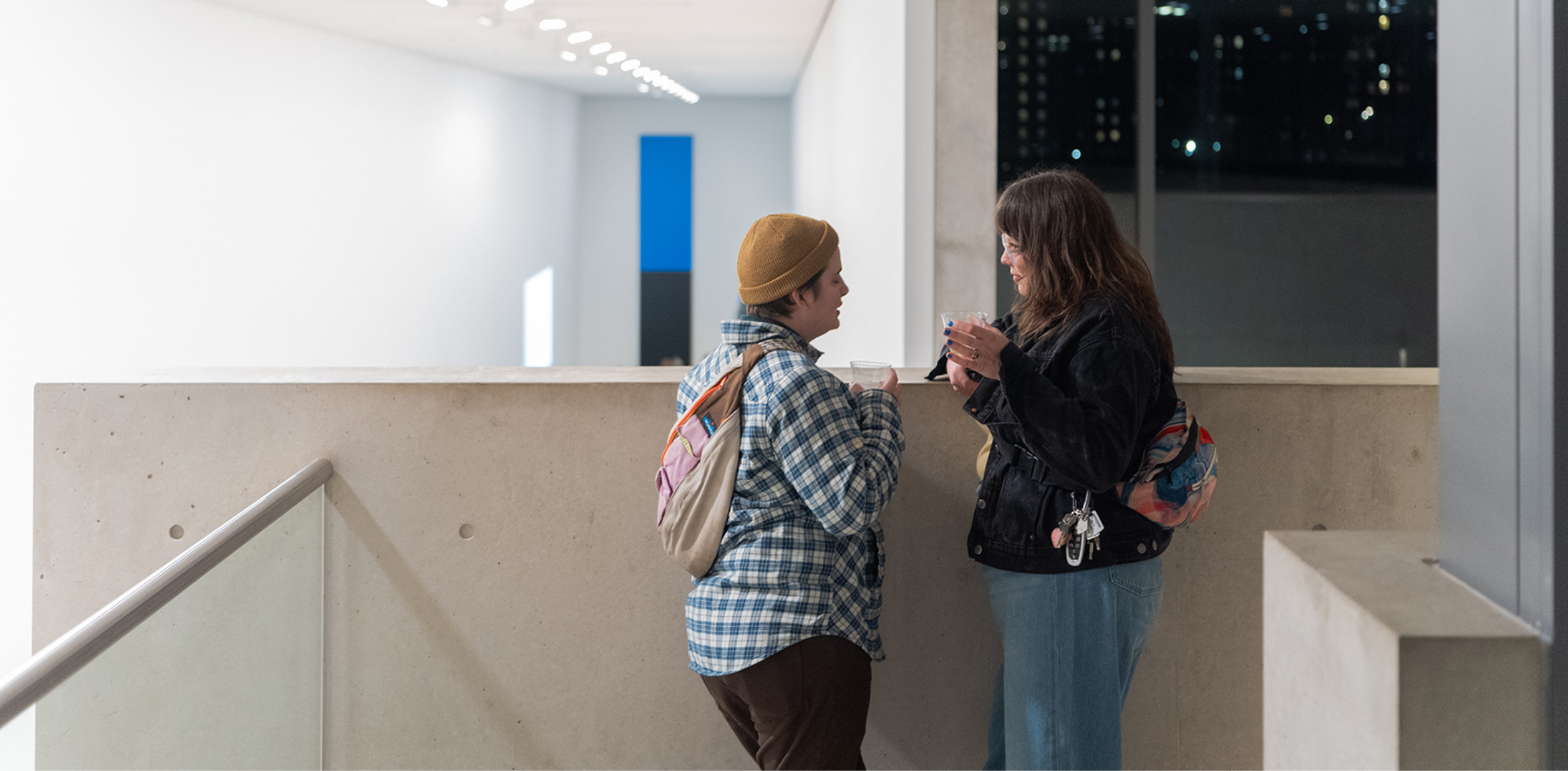Pulitzer Arts Foundation, the St. Louis Beacon, and St. Louis Public Radio 90.7 KWMU joined forces to put on a three-day festival celebrating the ways in which nature, technology, design, and art enliven Grand Center. By seeing intersections between the organic world and built environments, explorers of all ages discovered new ways to think about art, history, and nature. The festival kicked off under a full moon at the Pulitzer, and over the following days, festival participants chose from lectures, tours, exhibitions, food, and live music presented in Grand Center and nearby neighborhoods. Experts in the fields of geology, botany, architecture, art, design, and astronomy led programs that inspired an immersive experience of the vibrant Midtown district.
Underneath a full moon, the festival began with a bonfire on the grass lot across the street from the Pulitzer. Archaeologists related the history and structure of the Cahokia Mounds (located in nearby Cahokia, Illinois), and they exhibited a collection of historic archaeological and agricultural tools. Guests also enjoyed locally sourced popcorn and an interactive drum circle around the fire.
On Saturday, the day began with a bike tour led by scientists and scholars, who took the group through sites that highlighted the complex intersections between the geologic and architectural histories of St. Louis. At the KWMU auditorium, Professor Kevin Fernlund from the University of Missouri–St. Louis delivered a keynote speech on the dynamic and fascinating history of scientific research in St. Louis. Geologists from Washington University exhibited and explained an array of local rocks and minerals. The day’s events also included a concert of roots and Americana music and a cooking demonstration using foraged vegetation and wild edibles at the Nine Network.
At the Pulitzer, representatives from the St. Louis Astronomical Society brought solar telescopes onto the mezzanine so that guests could safely view the sun and gain expert insight into this important star. In the galleries, Eleonora Nagy, conservator at the Whitney Museum of American Art, presented on the science of color with a demonstration that incorporated objects in the exhibition Donald Judd: The Multicolored Works. Nagy is one of the leading conservators dedicated to the work of Donald Judd, and her presentation offered new insight into Judd’s heightened engagement with color in his late career. Field Notes concluded on Sunday afternoon, with walking tours of Forest Park and the Saint Louis Art Museum.
